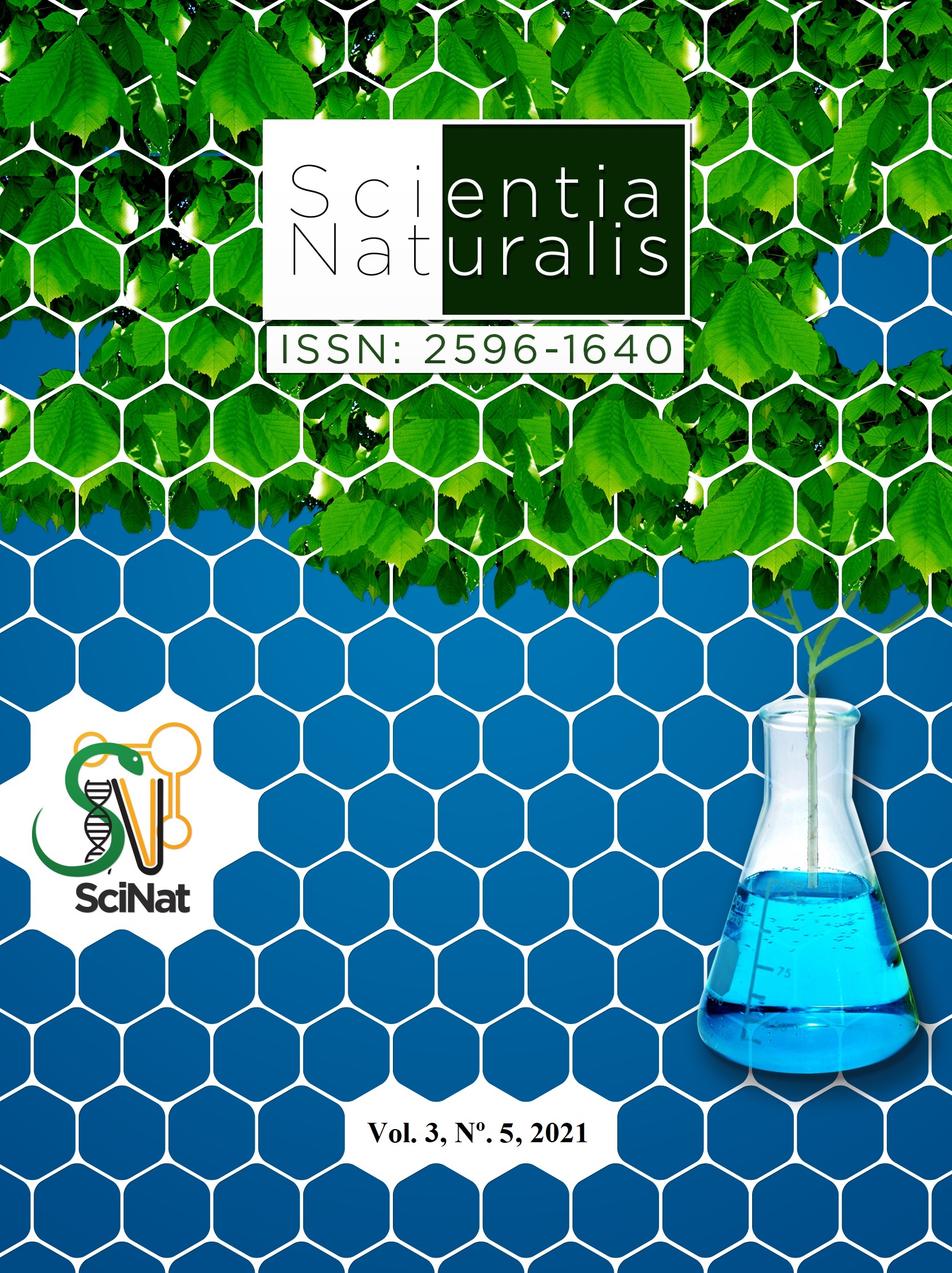Chemical profile, antifungal and modulatory activity of the aqueous and ethanolic extracts of Libidibia ferrea (Mart.) L.P. Queiroz (Pau-Ferro)
DOI:
https://doi.org/10.29327/269504.3.5-20Resumen
The study aimed to evaluate the antifungal and modulatory activity of aqueous and ethanolic extracts of Libidibia ferrea (Mart.) L.P. Queiroz. The ripe fruits of the species Libidibia ferrea were collected at Sítio Riacho, in the municipality of Vieirópolis in the state of Paraíba. Then, the aqueous and ethanolic extracts were obtained to perform the tests. The chemical constituents were analyzed in High Efficiency Liquid Chromatography and the extracts were tested against Candida albicans species (CA 40006 and CA 4387) by microdilution method and for modulation, the chosen drug was Fluconazole. In the analysis of chemical constituents, hydrolysable tannins were detected. The IC50 of the aqueous extract presented a much lower value than the control with Fluconazole in front of C. albicans, while in front of C. tropicalis the products tested presented a value of IC50 higher than that of the control. In modulation, the tested products potentiated the action of Fluconazole against C. albicans and only the aqueous extract potentiated the antifungal effect against the C. tropicalis strain. With this, we have shown promise to make clinical research, in the search for compounds that serve as therapeutic alternatives to conventional antifungals, in an attempt to combat the growing fungal resistance to these drugs.




